ISO 55000 and Risk-Based Asset Management in Oman: A Complete Guide to Smarter Asset Decisions
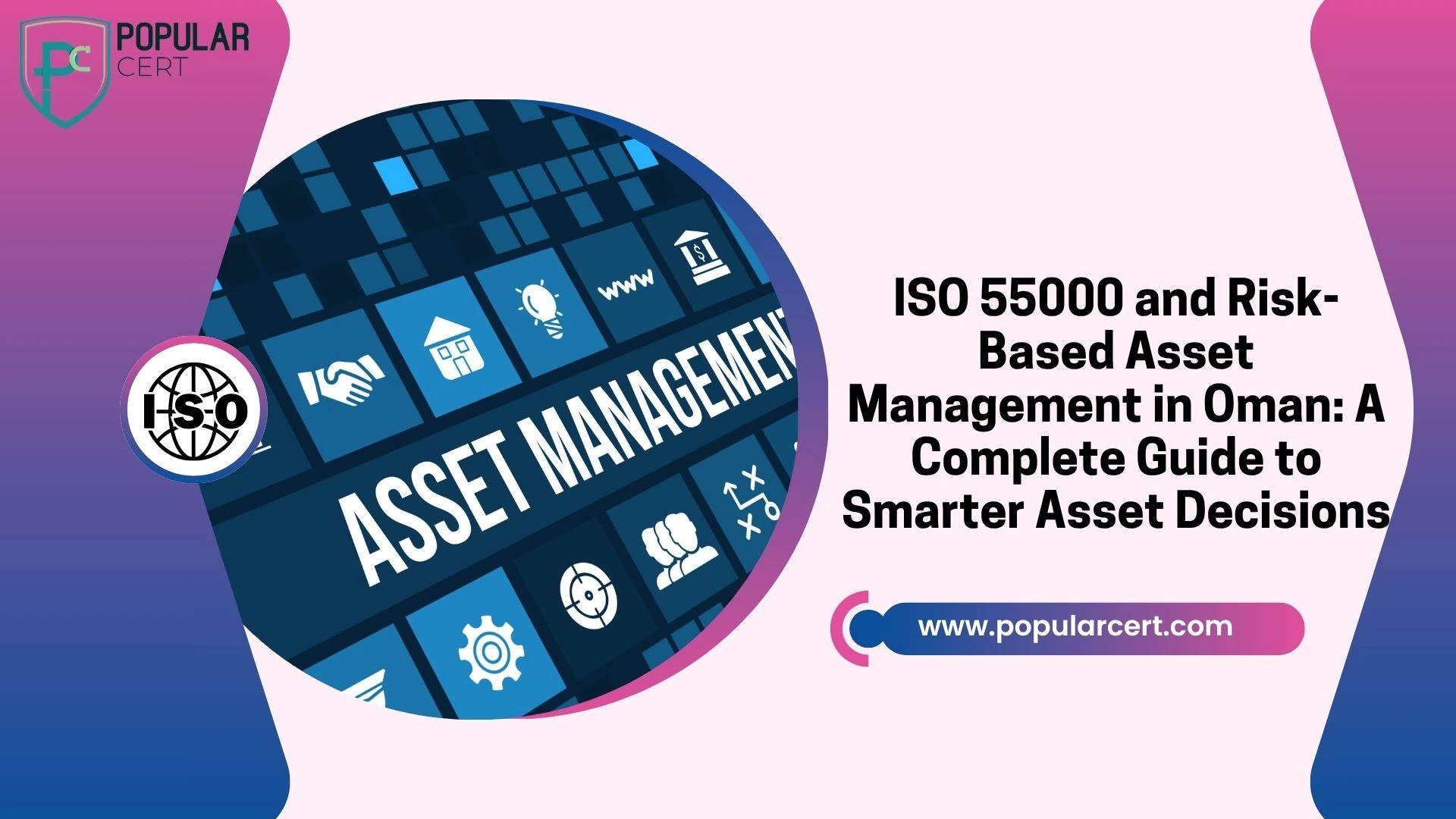
Introduction
The advancing infrastructure of Oman is bringing a sharper focus to assets management in the logistics, utilities, energy and transport sectors. There’s also a increased global asset management optimization need through ISO Certifications owing to significant spending on oil and gas ports, public infrastructure such as roads, utilities, and long lasting capital assets like them.
In Oman, risk-based asset management strategies shaped by ISO 55000 can be used to improve an organization’s asset value optimization, lifecycle cost reduction alongside improving risk resilience. These standards are being adopted by private enterprises and government institutions across Oman from Muscat to Salalah to enable long-term sustainability and readiness.What is ISO 55000?
Overview of the ISO 55000 Series
ISO 55000 is an international standard that lays out processes for organizations pertaining to the efficient management of their assets over their lifecycle; both tangible assets and intangible ones such as finances too.
The family of ISO 55000 includes:
- ISO 55000: Introduction and definitions
- ISO 55001: The certifiable standard for asset management systems
- ISO 55002: Guidance for implementation and interpretation
This standard is gaining traction within the oil & gas utilities sector along with several government-backed infrastructure projects owing to vision 2040 initiatives for the country’s development.
Core Principles of ISO 55000
- Getting maximum value from assets while achieving corporate goals alongside national priorities.
- Strategic oversight in the planning and management of physical assets
- Every decision made about an asset requires the application of risk-based thinking.
- Sustainability, governance, and stewardship through every stage in the life cycle.
What is Risk-Based Asset Management?
Understanding Risk In Asset Management
Risk based approaches to asset management allocate resources and make decisions based on failure likelihood and impact priorities. This plays a vital role for Oman due to harsh desert climates, operational challenges, and limited resources.
These risks include:
- Degradation or corruption of critical information due to aging infrastructure systems.
- Failure or malfunction of an operational technology from an outer area.
- Adhering to Omani laws for occupational safety and environment compliance.
- Financial loss on publicly funded initiatives or contracts.
Why Combine ISO 55000 with Risk Management?
Adding risk elements to ISO 55000 helps Omanian businesses achieve objectives:
- Streamlining maintenance expenditures without negatively impacting performance.
- Advancing the safety and reliability standards of assets within Oman.
- Reconciling industry compliances set by MOG/OQ/OPAL.
- Achieving the goals set by the national plans focusing om resilience and sustainable development.
Types Of Certification
- ISO Certification
- ISO 9001 Certification
- ISO 14001 Certification
- ISO 45001 Certification
- ISO 22000 Certification
- ISO 27001 Certification
- ISO 17025 Certification
- ISO 13485 Certification
- ISO 20000-1 Certification
- ISO 22301 Certification
- ISO 50001 Certification
- ISO 37001 Certification
- IATF 16949 Certification
- ISO 29001 Certification
- ISO 31000 Certification
- ISO 20121 Certification
- ISO 10002 Certification
- ISO 41001 Certification
Get Free Consultation
Our Clients
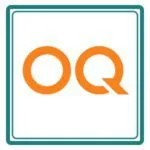
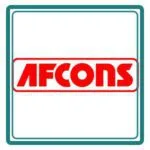
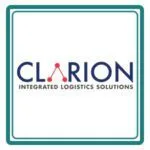
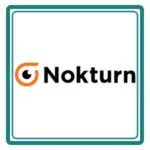

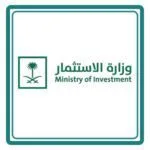
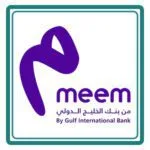
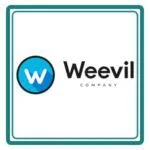
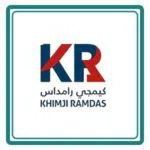

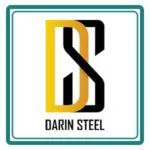
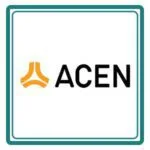
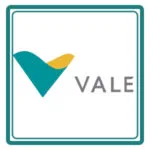

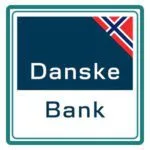
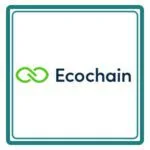
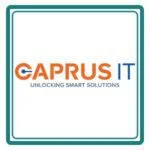

Benefits of ISO 55000 And RBAM For Oman
Oman Based enterprises can realize:
- Enhanced agility operationally then uptime achieved identifying new opportunities for growth
- Reduction in paired expenses related to maintenances as well as replacement activity
- Strengthened reporting towards sustainability targets /17214’2030 Vision
- Elevated compliance pertaining safety operations especially in high risk industries
- Bolstered confidence from authoritative bodies/partners/reactors
How ISO 55000 Aids in Risk-Based Decision Making
Managing Information About Assets
Good data is a prerequisite for sound risk judgement. With ISO 55000, you can have:
- Consolidated asset listings for oil rigs, fleets, and desalination plants.
- Monitoring of milestones along with lifecycle records
- Connection to GIS or EAM and SAP-based modeling tools available in Oman
Risk-Based Scheduling and Resource Allocation
This includes:
- Scheduling repair or enhancement of facilities based on importance.
- Applying FMEA or RCM adapted to UAE’s unique features.
- Managing funds in scattered resource locations.
Monitoring and Reporting Performance Change
For instance:
- Omani Utilities licensed operators monitor MTBFs System Availability Metrics.
- Balanced scorecard metrics designed to meet corporate or whole of national objectives.
- Reviews that include self-assessments designed for continuous improvement cycle.
Steps toward Certification Issuance Process in Oman
Steps Towards Certification Attainment
- Gap Analysis: Current practices vs ISO 55001
- Asset Strategy Development: Risk matrix, asset lifecycle policies
- System Implementation: Assign roles, collect data, train teams
- Internal Audit: Identify non-conformities
- External Certification: Accredited ISO body audit (e.g., Gulf-based CBs)
Timelines and Local Support
- Small to medium businesses: 3–6 months
- Government/public sector or multi-site companies: 6–12 months
- Hiring a certified ISO consultant in Oman, like Popularcert, can speed up the process while ensuring full compliance.
Industry Applications: Real-World Examples in Oman
-
Utilities and Water Desalination
- Ensure uninterrupted service for Oman’s diverse geographic challenges.
- Reduce failures of water systems and improve pipeline maintenance. -
Oil & Gas and Petrochemicals
- Employed by PDO, OQ, and other energy majors for field operations risk mitigation.
- Compliance with OPAL and world safety standards is upheld. -
Logistics and Infrastructure
- Supervise operational planning of ports (Duqm, Sohar)
- Improve processes relating to asset management strategy for renewal as well as road safety.
Choosing the Right ISO 55000 Consultant in Oman
To get certified successfully in Oman, look for:
- Familiarity with regional industries such as oil, water, and transport is essential.
- Bidirectional document services in Arabic/English.
- History of local companies or government projects servicing.
- Custom training workshops with awareness elements.
As one of the popular ISO consulting firms in Oman, Popularcert assists organizations aspiring for compliance along operational efficiency performed on goals set under Vision 2040.
Start Your ISO Journey with Popularcert
Transform Asset Management in Oman with ISO 55000
Omani businesses can no longer afford inefficient, reactive asset strategies. With ISO 55000 and risk-based asset management, you gain control, reduce risks, and align with global best practices.
Let Popularcert guide your journey to smarter asset decisions.
GET A FREE CONSULTATION NOW
FAQs
What is ISO 55000 and why is it important for asset management in Oman?
ISO 55000 is a global standard for managing assets efficiently. In Oman, it helps optimize asset performance in sectors like oil, utilities, and infrastructure.
How does ISO 55000 support risk-based decision making?
It integrates risk assessment into asset planning and operations. This helps prioritize critical assets and reduce unexpected failures.
Is ISO 55000 certification mandatory in Oman?
No, it’s not mandatory, but many Omani organizations pursue it to meet global standards and improve reliability.
What are the main steps to achieve ISO 55000 certification in Oman?
Steps include gap analysis, policy setup, implementation, internal audits, and a final certification audit.
Which industries in Oman benefit most from ISO 55000?
Industries like oil & gas, water utilities, logistics, and public infrastructure see the biggest value from ISO 55000.
